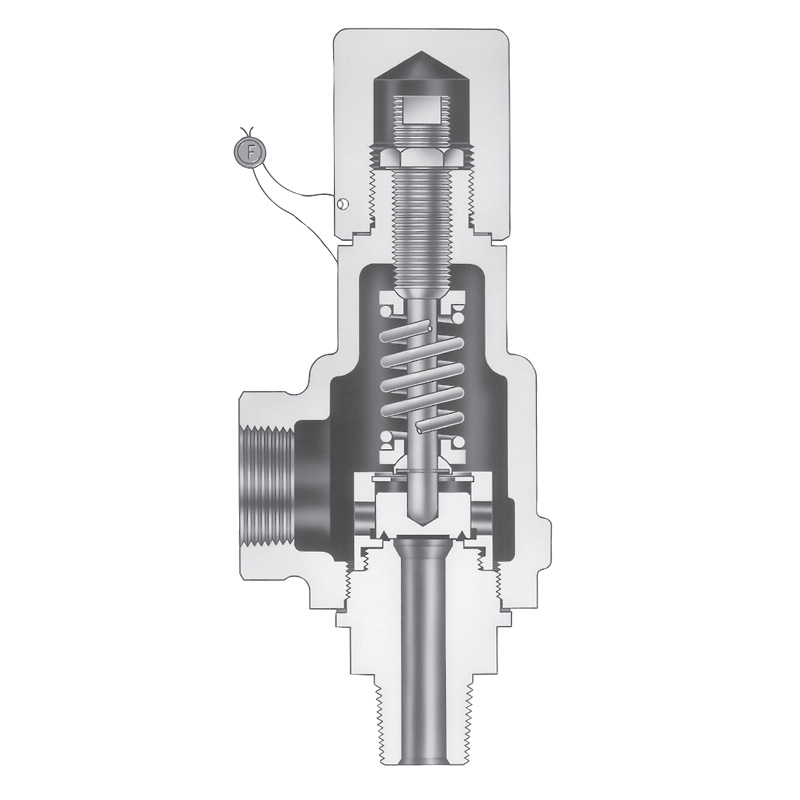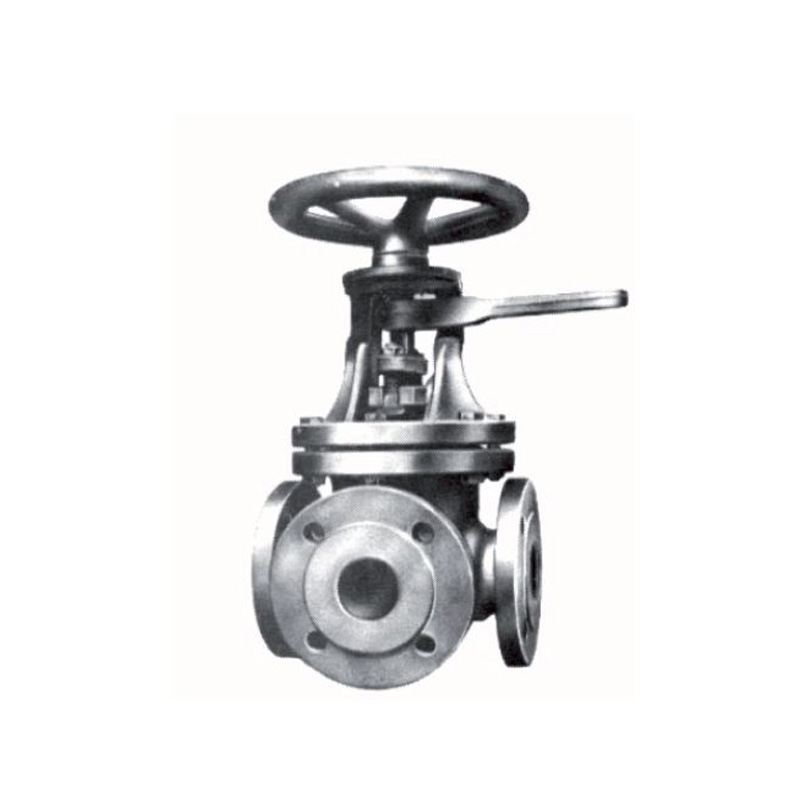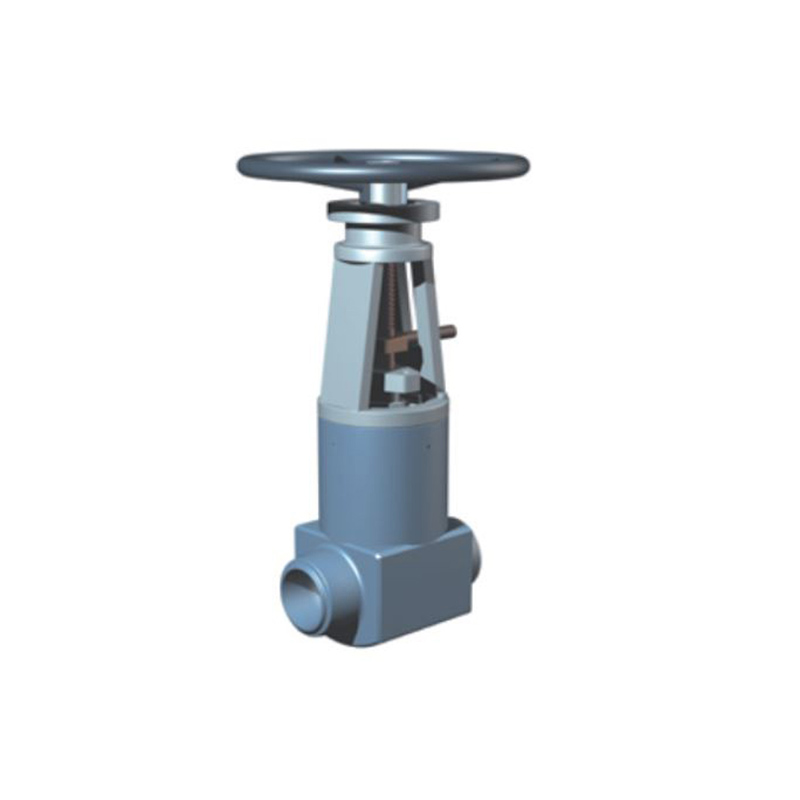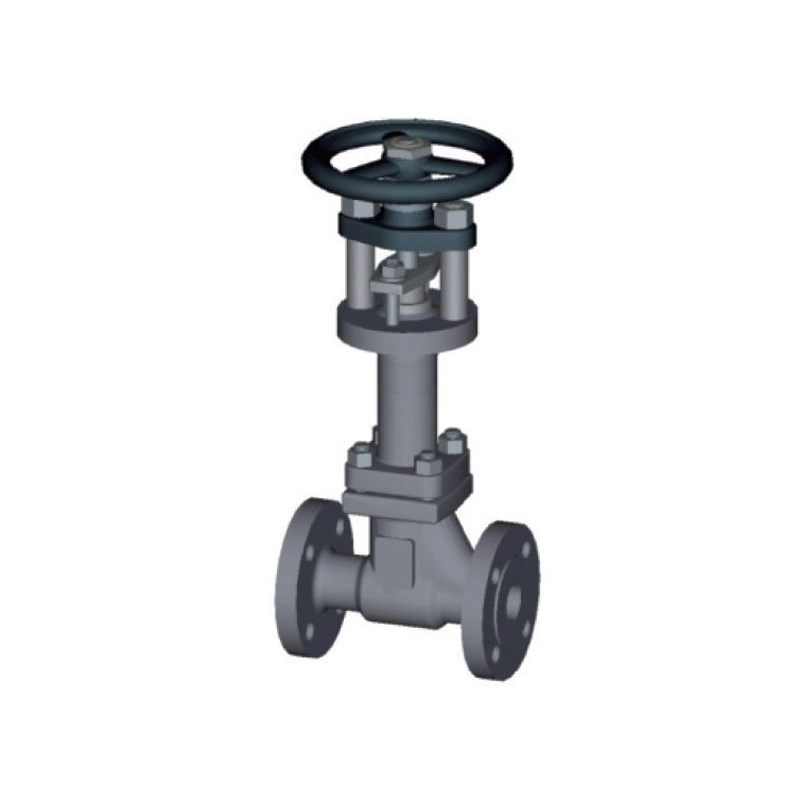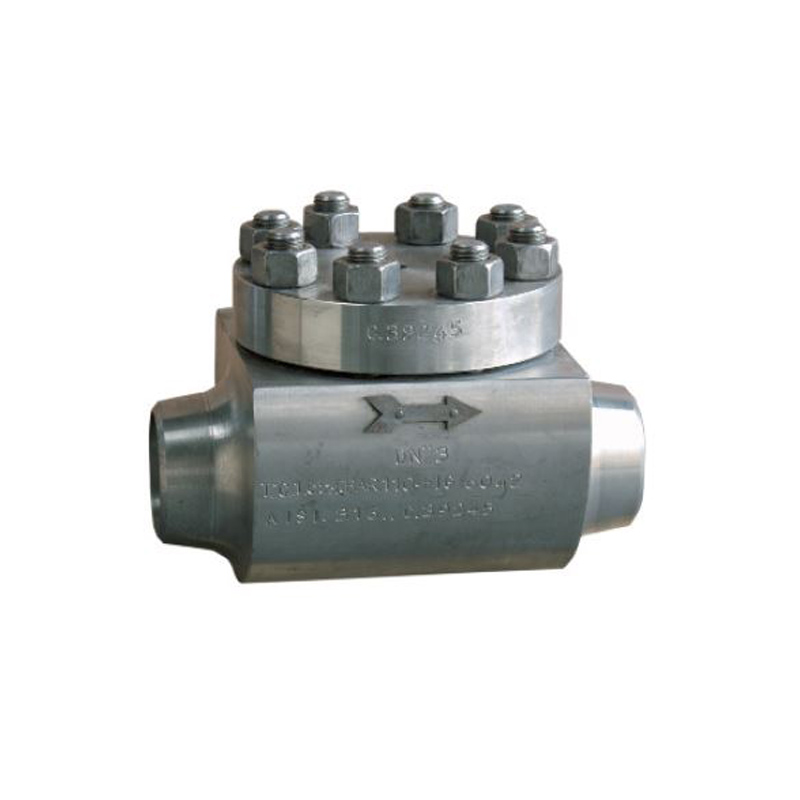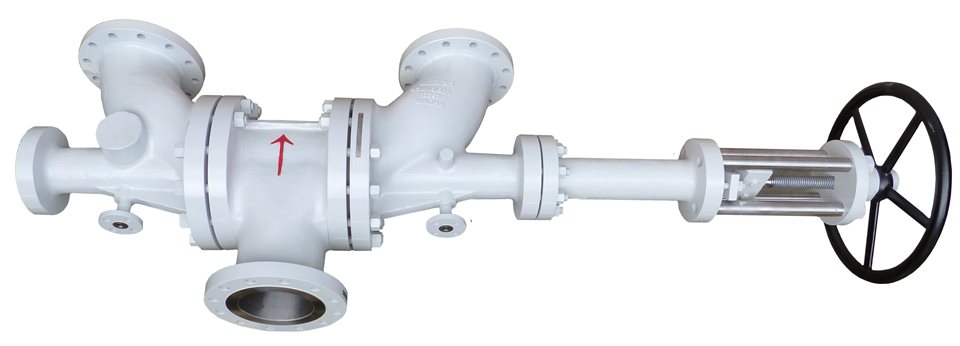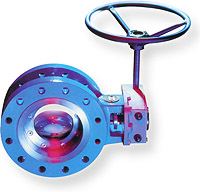Control Valves
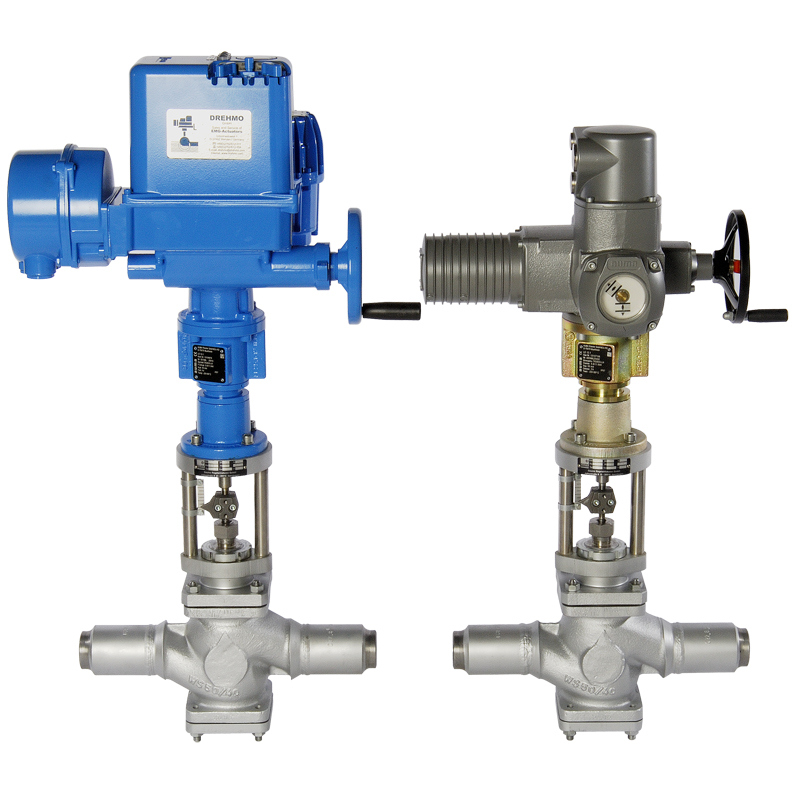
Daume Valves Division carries a range of control valves. It valves have a variety of possible applications, including; power plants, petrochemical plants, and railway tankers.
A Control Valve controls fluid flow by altering the size of the flow passage from a controller, altering the flow rate and the process quantities such as pressure, temperature, and liquid level. Amongst those available at Curtiss Wright are;
Feedwater Control Valves for industrial applications,
3-Way-Valve with encapsulated super-long bellows and emergency gland or with stuffing box seal
Oxygen control valves with a straight pattern body suitable for use in steelworks and piping
Control Valves: Purpose and Functionality
A Control Valve alters the flow rate by changing the size of the flow passage from a controller influencing quantities of gas or liquid to having an impact on pressure, temperature, and liquid level.
Depending on the type of valve chosen, the limiting mechanism is moved by an electrical, mechanical, pneumatic, or hydraulic actuator. The valve regulates the flow of movement through a valve plug. The plug is attached to a valve stem, which is connected to the actuator.
Typical Control Valve Usage
Processing plants consist of hundreds of control loops that are networked together in order to produce a certain product. Each loop is designed to control certain variables such as pressure, temperature, flow or level within a required range.
However, each loop receives and internally creates disturbances, affecting the process variable and interaction from other loops within the network, which can have a cumulative effect when multiple loops are connected. In an effort to reduce the disturbances, sensors and transmitters are used to collect information. Controllers then process the information and decide the best way to get the process variable back to where it should be.
Once all of the calculating, comparing and measuring has taken place, a type of control element must then implement the strategy which has been selected by the controller, using the valves to alter pressure within the system, compensating for any noise or disturbances and allowing the system to return to a desired state of pressure, flow or temperature.
Control Valves: Application
The use of control valves in power plants
A power plant uses hundreds of valves to control every aspect of its operation. The control valves are critical for optimizing the power plants efficiency can often be exposed to high temperatures and abrasive chemicals.
With the ever-increasing demand for sourcing renewable power and curbing carbon emissions, producing high quality manufactured valves is more important than ever.
Curtiss-Wright have developed innovative control valves that can withstand high environmental demands while remaining cost-effective. Our valves can support throttle accurately, increasing performance for critical power plant operations.
Control valves in petrochemical plants
The petroleum industry is best known for its global exploration and extraction of oil. However, it’s applications are not just limited to oil or gas. Petrochemical plants also manufacture plastics, dyes, food additives and other petrochemicals that derive from natural gas, coal or oil.
Due to the extreme temperatures and pressures needed to produces the materials, high-quality engineering is essential to the operation of petrochemical plants.
Control valves are critical to the performance of the system. Chemicals used in this industry can be hazardous to the surrounding environment and people, making system regulation essential.
Control Valve Advantage
Rapid and effective functioning
Absolutely reliable
Durable service life
The design is compact to facilitate minimal space consumption
Minimal pressure drop
Control Valve disadvantage
Opening and closing is not prompt
A large space is required when assembling, starting, and maintaining it
It is prone to leakage when operated at high temperatures
The pressure control valve creates vibration.
PRODUCT
Contact Us
Contact: Dandy
Email: australiadaume@outlook.com
Add: 54 Orchard St, Glen Waverley VIC 3150
